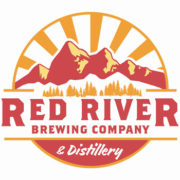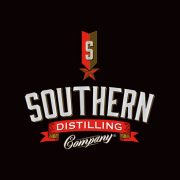Structure
Day 1:
- Fermentation overview
- Feedstock (sources of sugar) and associated factors
- Milling and how it relates to fermentation
- Cooking and conversion
- Sweet mash versus sour mash
- Saccharification
- Microbiology of yeast and methods for propagation
- Fermentation ingredients and limiting factors
- Biochemistry of fermentation (how yeast makes ethanol)
- Monitoring fermentation (testing methods)
- Equipment
- Sanitation
Day 2:
- Cultivation and consistency of yeast
- Outside variables effecting the fermentation
- Bacterial fermentation
- Infections of fermentation
- Troubleshooting the fermentation
- Lab specs and micro of the fermentation
Learning Outcomes
- Observation of the three stages of the yeast cycle (respiration, fermentation, sedimentation)
- Pitch their own fermentation to observe later during the course
- Observing and lab specs on a known fermentation started previous to course
- Yeast counting, viability and budding observations
- Troubleshooting/diagnosing known contaminated fermentations
“If you have too much sugars left over after fermentation, it’s like payin’ too much for breakfast: You got ripped off.” -Dr. Pat Heist, Chief Scientific Officer at Ferm Solutions, Wilderness Trail Distillery, Esteemed Faculty Member at Moonshine University, Bio-Chem Humorist and Speaker of Truths
Tuition: $1,995 USD
Still Have Questions? Ready to Get Started?
Contact: Christin Head | 502-305-8596
Email: Registrar@MoonshineUniversity.com












